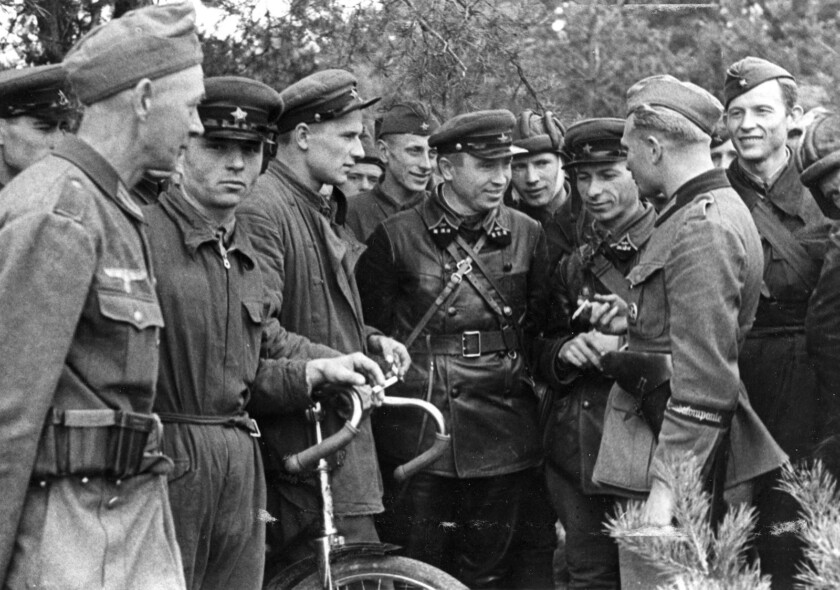Imagine stepping back in time, to an era of naval exploration and adventure. Picture yourself on the deck of a mighty ship, braving the elements as you sail across vast oceans. In this epic journey, you would likely find yourself wearing a peacoat, the iconic overcoat known for its durability and warmth. With a rich history and uncertain origins, this classic garment has been worn by sailors from different navies around the world. From the Dutch to the British, and even the Prince of Wales, the peacoat has left its mark on history. During the World Wars, it became a symbol of bravery and resilience, worn not only by courageous sailors but also by soldiers. Now, in modern times, the peacoat has transcended its naval roots and become a beloved piece in civilian wardrobes. As timeless as it is versatile, the peacoat can be dressed up or down, adding a touch of sophistication to any outfit. From its straight cut to its oversized collar and double-breasted silhouette, this garment exudes both style and practicality. So, whether you’re braving the high seas or strolling down city streets, the peacoat is a must-have for those seeking both warmth and fashion-forward flair.
History and Origins of the Peacoat
The peacoat is a classic overcoat known for its durability and warmth. It has a long history and has been worn by sailors from different navies. The origins of the peacoat are uncertain, with different stories attributing it to the Dutch, British, and Prince of Wales.
Origins of the Peacoat
The exact origins of the peacoat are debated, with various theories surrounding its creation. One of the most popular attributions is to the Dutch. It is believed that Dutch sailors in the 17th century first wore a similar coat made from a heavy wool fabric called pilot cloth. This cloth was durable, warm, and resistant to water, making it ideal for sailors at the time.
Attribution to the Dutch
The Dutch are often credited with introducing the peacoat to the maritime world. The term “pea” in peacoat is thought to have originated from the Dutch word “pij,” which means coarse wool fabric. The Dutch influence on the peacoat is evident in the design and construction, with its robust materials and double-breasted front.

Attribution to the British
Another theory suggests that the peacoat has British origins, particularly in the Royal Navy. It is believed that British sailors in the 18th century adopted the Dutch design and made modifications to suit their needs. The British version of the peacoat featured a shorter length and a more tailored silhouette.
Attribution to the Prince of Wales
Yet another theory attributes the invention of the peacoat to the Prince of Wales, who later became King Edward VII. According to this theory, the Prince of Wales was inspired by the jackets worn by sailors and commissioned a similar design for personal use. The peacoat’s popularity then spread to the general public.

Iconic Status During World Wars
During the World Wars, the peacoat took on iconic status and became synonymous with military attire. It was worn by both sailors and soldiers, providing essential warmth and protection in harsh conditions. The peacoat’s durability and practicality made it a staple garment for servicemen.
Worn by Sailors and Soldiers
The peacoat’s popularity extended beyond the military and became a desirable garment for civilians. Its timeless style, combined with its functionality, made it a sought-after coat for everyday wear. The iconic double-breasted silhouette and oversized collar added a touch of sophistication to any outfit.

Recent Popularity as a Casual Coat
In recent times, the peacoat has experienced a resurgence in popularity as a casual coat for civilians. Its versatility and timeless appeal make it a staple in many people’s wardrobes. Whether dressed up or down, the peacoat adds a touch of sophistication to any outfit.
US Navy’s Replacement in 2018
In 2018, the US Navy made a significant change by replacing the traditional peacoat with a synthetic-material parka. This decision sparked controversy among sailors and fashion enthusiasts alike. While the new parka may be more functional in certain weather conditions, it lacks the heritage and classic style of the peacoat.

Versatility of the Peacoat
One of the reasons for the peacoat’s enduring popularity is its versatility. It can be dressed up for formal occasions or dressed down for a casual outing. The straight cut and timeless design make it suitable for various body types and fashion styles.
Choosing the Right Peacoat
When choosing a peacoat, it is essential to consider several factors. The fit should be comfortable, allowing room for layering but not being too oversized. The collar should be able to stay up to provide extra warmth, and the buttons should be fastened according to military dress code.

Conclusion
The peacoat’s long history and iconic status make it a classic garment that continues to be cherished by fashion enthusiasts. Its durability, warmth, and timeless style have ensured its enduring popularity. Whether attributed to the Dutch, the British, or the Prince of Wales, the peacoat remains a versatile and stylish choice for any wardrobe. So, embrace the heritage and sophistication of the peacoat and let it be your go-to coat for any occasion.
